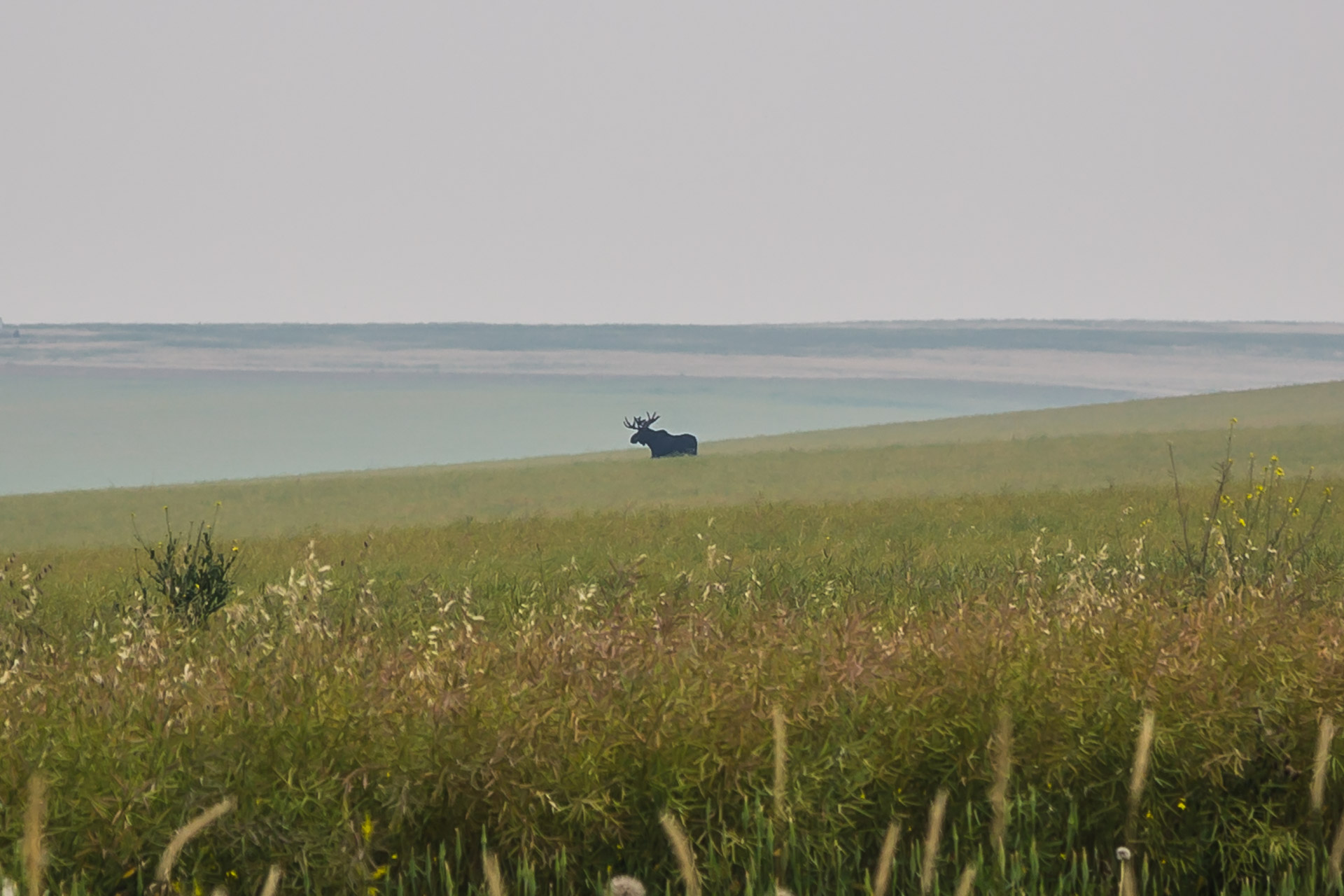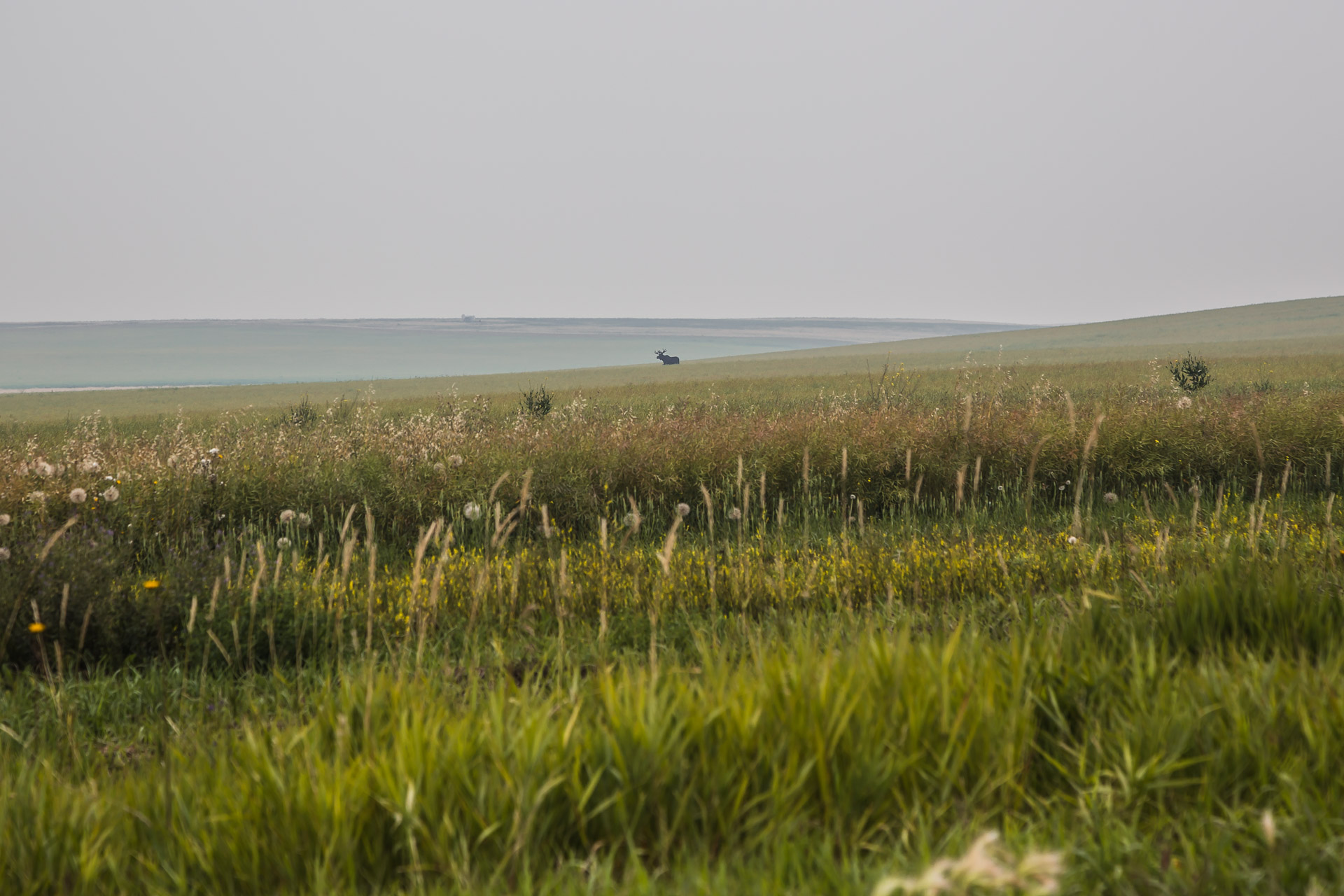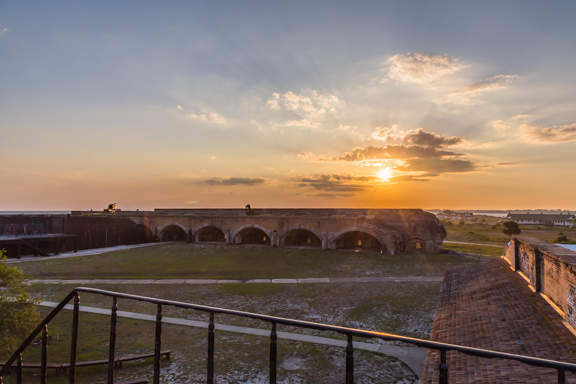October 19, 2015
Safety Tips For Those Back Road Trips

Taking an unplanned road trip in the middle of nowhere is such a wonderfully freeing experience…but unfortunately it can be dangerous too if you don’t travel smart! Like many other forms of travel, there are some risks when pursuing an unplanned road trip where you choose random back roads and isolated environments instead of the freeways and touristy locations. Now let me note that on most of our road trips we have had no problems at all…we’ve only encountered just a few uncomfortable situations along the way (we’ll talk about those later in the post) and have never encountered anything like what is depicted in these. But it is the possibility of things going wrong that have essentially heightened our awareness and make us remember that practicing safety on road trips is so very important. With that in mind, here are some of our tips that we think will be helpful, so we can all enjoy the back roads rather than get stuck there.
Before you leave:
-
Make sure your car is in tip top shape. The worst thing that has happened to us in terms of our car is a flat tire…but we were lucky enough to be able to drive it (very slowly) to an auto shop. Though we do think that nothing more has happened to our car because we take it in quite frequently for check ups…we really don’t like the idea of being stranded in the middle of nowhere.
-
Pack a mobile phone charger…it’s worth it. It’s amazing how quickly your phone battery goes dead on a road trip especially when you’re using GPS on your phone or even playing music. To be able to have the best chances of contacting people if there is a problem (when you have cell phone service, of course)…then bring that handy dandy car charger.
-
Go old school…pack a paper map. If you’re phone does run out of power or you can’t get cell phone service ever…you have to rely on those paper things that have colored lines on them. Having a map even if it won’t talk to you is better than having no map.
-
Equip a car with a “just in case” safety kit. My husband and I learned this when we were youngsters living in cold weather areas where your car breaking down could mean catastrophe. So we always keep a space blanket (warmest thing ever), headlamps (it’s hands-free), matches (don’t know how to make fire from sticks), first aid (should be self explanatory), water (tons of it), snacks (for stress eating, see here), and warm clothing (cold nights can be brutal or maybe you’re in snow).
-
Tell everyone you know that you are road tripping (or at least the reliable ones)…and make a plan to check in regularly. We always call a family member and let them know where we think we’ll end up and call them again when we get there and once more when we get back. It kind of feels like we’re teenagers checking in…but safety first.
-
Get that precious sleep. This is one of those tips that we struggle with…the day before a road trip is like chaos, so sleep is often the last thing we can check off the list. To the very least…if you are traveling with another person, take turns…so you can take naps and drive safely.
On the road:
-
Be conscious of your environment…observe, observe, observe. This is one of those things where you really need to be aware of what is happening around you when you stop to take a break…or in our case, take photos. We’ve had a couple situations where cars have stopped when we stopped…in a way looking like they were following us. For instance, in between Nevada and Arizona, we were photographing an abandoned place and we stopped multiple times to get different perspectives of the place and a truck stopped each time we did. It is hard to know exactly why, but we didn’t stick around to find out. We were just happy to know that at least one of us was paying attention and realized something was up. Now being conscious of your surroundings also applies to driving because there are sometimes very few signs in back road areas and if you get lost, landmarks are going to help out. Also if you get stuck, it is easier to describe to someone where to find you.
-
Be wary of strangers in the middle of nowhere…stranger danger. Now most of the people we encounter have been quite pleasant, but sometimes we meet people that are a bit questionable. When we were in New Mexico photographing an abandoned place in a very small town with no one around, we witnessed a man getting out of a truck and start heading in our direction. I alerted my husband of this situation, and we quickly headed back to the car. He confronted us and basically asked what we were doing. Now being on public property, that question was not what we expected…but we’ve realized that a camera often draws attention. Luckily, it was a harmless situation because he explained to us that he grew up in that town which was partially a ghost town now and that the people that did still live there might not like us photographing things. In the end, he gave us a little history of the place, and we decided to move on. It could have been a lot different if he were actually angry about us taking photos…so be on guard because you never know what people’s motives are.
-
Park your car where you can get to it quickly. With the New Mexico situation we mentioned in the previous tip, we stayed close to our vehicle making it easier to exit the situation as quickly as possible. We did this because we learned from an earlier experience where we parked our car across the road from where we planned to photograph…and a semi-truck stopped in between us and our car. The truck driver got out of his semi-truck and started heading in our direction, and we had no choice but to be confronted by him. Luckily again, it was a harmless situation as he was just looking for directions…but it reinforced with us how quickly vehicles can cut off access to your car. It’s best to be close to your car especially when no one is around.
-
Don’t approach wild animals…also stranger danger. We saw this moose in these photos galloping in the farmlands of Alberta, Canada…which was pretty awesome! We were at a safe distance knowing that moose can travel 35 mph, and they can be quite aggressive at times as seen on Alaska State Troopers…a great show. We’ve also encountered wild animals during some of our hiking excursions like bears too close for comfort and have realized it is best to stay as far as possible from them. We know that people like to stop by the side of the road to photograph animals, but we don’t think the photos are worth being attacked…maybe invest in a zoom lens.
-
Trust your instincts. Our motto is if something feels off about where you are…just move on!

Are there any extra safety tips that you would add? Have you ever found yourself in a potentially dangerous situation on a road trip? Leave a comment…we would love to hear what you think!
You might also like:


